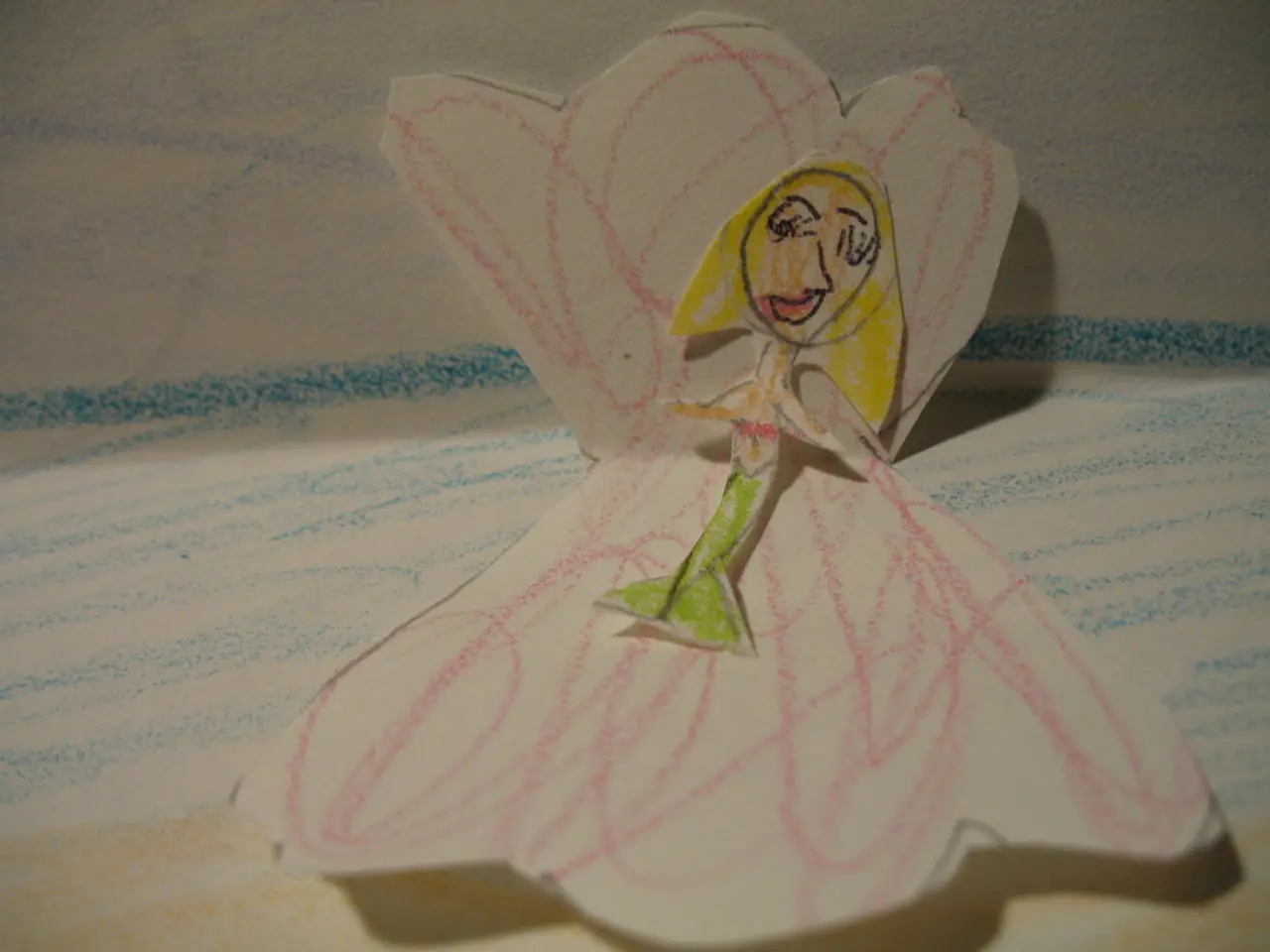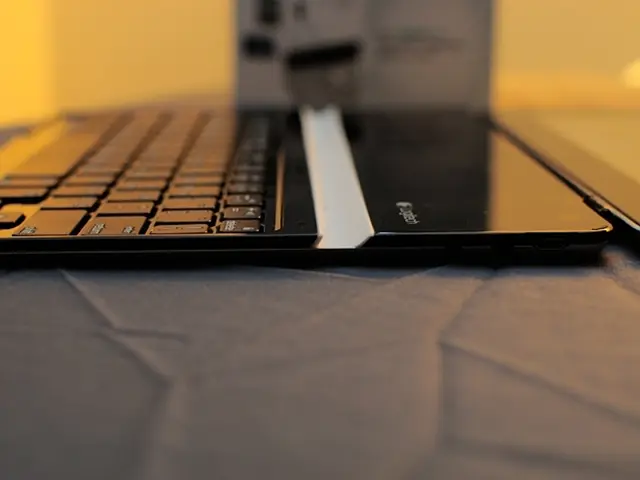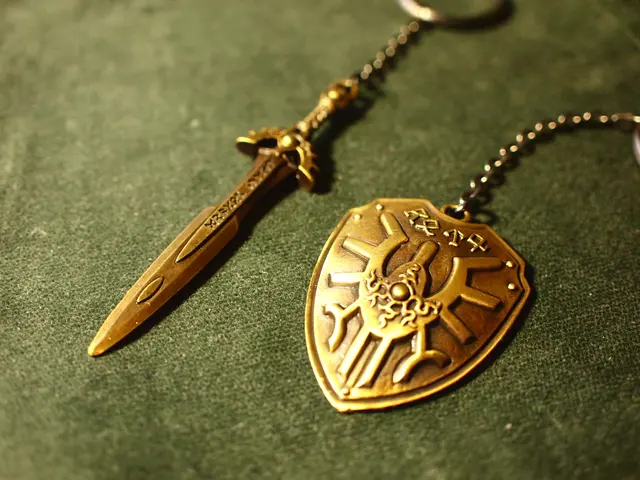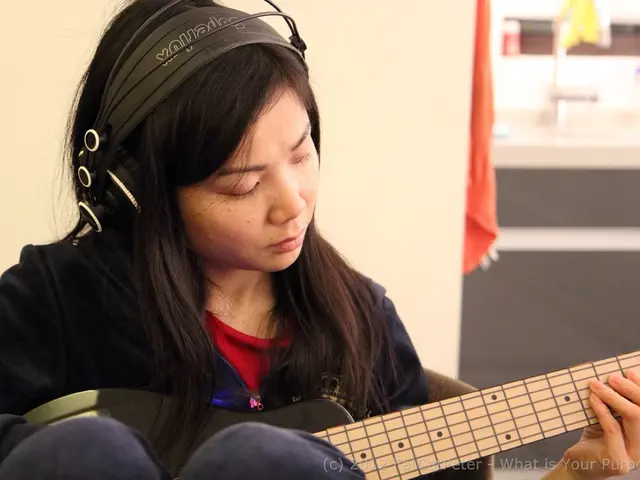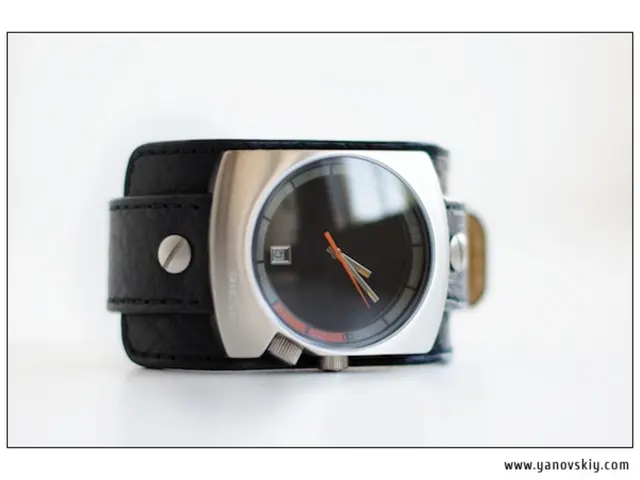Top Strategies and Production Processes at Game Art Outsourcing Companies
In the ever-evolving world of game development, the need for high-quality, consistent art assets is paramount. This is where game art outsourcing studios come into play, providing developers with a wealth of artistic talent to bring their visions to life. Here's a closer look at the typical game art outsourcing workflow and the importance of a Style Guide in ensuring a smooth and successful project.
### Finding a Suitable Partner
Game developers start by scouring the internet for potential art studios, evaluating portfolios, reading client testimonials, and delving into studios' blogs to identify candidates that can meet their artistic and quality standards.
### Evaluation and Agreement
Once shortlisted, developers engage in discussions with the selected studios to discuss budget constraints, request quotes on initial references or test assets, and negotiate specifics such as deadlines, workload capacity, and legal protections like Non-Disclosure Agreements (NDAs).
### The Production Phase
Under the watchful eye of an art director, the external art team produces assets in stages, which may include concept art creation, 2D and 3D modeling, environment, character, and asset design, lighting, and visual effects. The production follows an agile, sprint-based cycle, with regular updates enabling accelerated iteration and fine-tuning throughout.
### Review and Delivery
Completed assets undergo in-house quality assurance checks and client reviews. Feedback cycles are managed within agreed terms to ensure final approval prior to integration into the game.
### The Importance and Creation of a Style Guide
A Style Guide is an essential document that defines the visual language, including color palettes, shape language, lighting style, texture detail, and overall artistic tone for the project. Its significance lies in maintaining consistency, reducing rework, and facilitating communication between the in-house art director and the outsourced team.
The Style Guide is typically created early in production, starting with early concept art and visual references. It evolves through collaborative feedback between the developer and outsourcing studio to reflect technical constraints and artistic goals. It also includes technical specifications relevant to the game engine or platform.
### Tools and Integration
Industry-standard tools such as Autodesk Maya, Blender, ZBrush, Substance Painter, Houdini, and engines like Unity or Unreal Engine are commonly used by outsourcing studios, ensuring seamless pipeline integration with in-house teams. The Style Guide also often includes guidelines on file formats and naming conventions to maintain workflow compatibility.
In conclusion, the game art outsourcing workflow is a structured process from partner selection to final delivery, relying heavily on a detailed, collaboratively-developed Style Guide to assure artistic coherence and production efficiency for 2D and 3D game art projects.
In the realm of e-commerce, homeowners seeking to enhance their lifestyle can explore various online platforms to discover smart-home devices and home-and-garden gadgets, allowing them to create a futuristic living environment. social-media influencers often share their outdoor-living experiences, showcasing the integration of smart-home technology with garden landscapes, providing immense inspiration for homeowners.
Shopping for home improvement and entertainment gadgets has never been more seamless, as online retailers offer referral programs and user reviews that aid buyers in making informed decisions. The joys of outdoor living can be further amplified with innovative technology, such as weatherproof speakers and intelligent lighting systems that create a captivating, immersive ambiance.
When it comes to home improvement and home automation, a Style Guide can be valuable, ensuring consistency in design and functionality across devices. Similarly, in the realm of game development, a Style Guide serves as an essential document, outlining visual language aspects like color palettes, shape language, and lighting style, thereby maintaining aesthetic coherence and reducing rework throughout the game art outsourcing process.
In essence, leveraging online resources for shopping, incorporating technological advancements for enhancing outdoor living, and utilizing a Style Guide in design and development of smart-home devices or games can revolutionize home-and-garden, entertainment, and game-development experiences.
